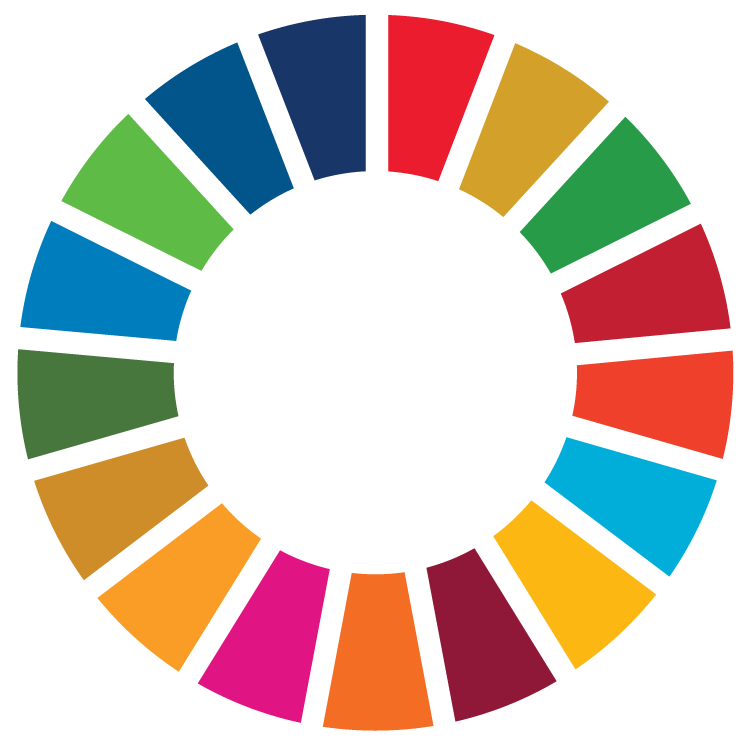
WEBINAR - Thursday, 12 November, 2020 at 13:30 GMT/14:30 CEST
Title - Sustainable Land-Use Financing: Mainstreaming Environmental & Social
Impact audience - Open to all interested parties
Registration – Click here
A knowledge exchange series will conclude on 12 November 2020 to converge on what we mean by ‘sustainable land-use’ by focusing on standardisation of environmental and social (E&S) metrics that measure positive impact. An emerging consensus on standardised E&S practices will contribute to creating the financing environment for investable money to repurpose capital flow to sustainable practices and EU Environment Ministers to protect the ecosystems which humanity is dependent on.
How COVID-19 is waking up investors’ appetite for natural capital?
The Dutch Central Bank recently released a report ‘Indebted by nature’, quantifying the degree to which the Dutch financial system is at risk from biodiversity loss. The report found that out of EUR 1,400 billion analysed, EUR 510 billion was lent to or invested in sectors with high dependency on ecosystems (36% of the total assets Dutch financial institutions) and recognized that financial institutions are exposed to reputational and transition risks when financing companies that have major negative impacts on biodiversity (i.e. using the ‘black swan’ analogy, this could be considered a ‘green swan’).
Now the big question that humanity faces in the coronavirus age is a stark choice to change gear in the direction, ambition and space towards nature-positive investments. As the stock market reels from the economic effects of the coronavirus, banks and investors should pay increasing attention to redirect capital towards nature- and climate-positive assets, including in the context of sustainable land-use assets.
How can sustainable land-use become an investable asset class?
Framing, identifying and demonstrating the E&S risks and positive impacts associated with land-use assets financed in a standardised and comparable manner, is key to creating a track record of projects and businesses that are financed in this way. It creates public and private investor confidence, attracting diverse sources of concessional finance and mainstreaming private capital. It may reduce costs and facilitates global comparability of E&S impact claims.
By including forests, biodiversity, livelihoods, climate mitigation and climate adaptation impact areas, the directory of Key Performance Indicators for sustainable land-use finance will reflect global best practices on the demonstration of positive E&S impact via land-use management. This will provide a practical and usable tool that is harmonized with Sustainable Development Goals 2, 6, 15 and 17.
About the KPI directory for the sustainable land-use finance
The KPI directory for the sustainable land-use finance is where the UNEP-WCMC and UNEP’s Climate Finance Unit, together with experts, work to identify the best practices, evidence, research, and metrics for standardizing and mainstreaming risk management and impact for sustainable land-use and deforestation-free commodity financing.


